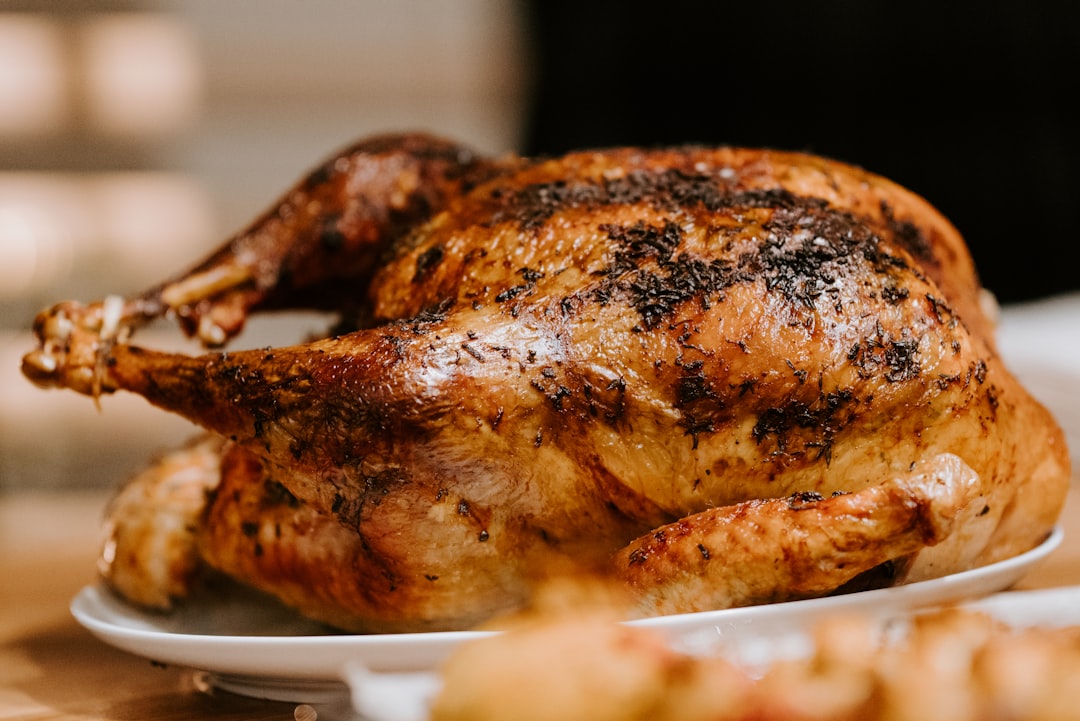Turkey Economics
Gobble Gobble Gobble

Economics is hard. I’ve learned this lesson many times, but one of the first was my attempt at buying a turkey one spring. I had purchased a turkey the Thanksgiving before and remembered that it cost about $1 per pound. At the time I was getting a PhD in economics, so I thought to myself, “If turkeys cost $1 per pound right before Thanksgiving, they must be cheaper now that it’s April. After all, no one is buying a turkey for Abor Day. My economics training has taught me that because the demand is so high in November, that increase in demand will cause an increase in prices. That’s simple Econ 101.”
Then I went to the grocery store. First, it’s hard to find a turkey in April. They don’t stock very many. Eventually I found one in the freezer section. It cost $3 a pound.
What was going on? Does turkey not follow the laws of economics? How is it possible that the price for turkeys triples in April, when demand is low, compared to November, when the demand is sky-high?
Economics can be so confusing.
Looking back, I probably should have figured this out ahead of time. After all, turkey for under $2 a pound is very cheap for meat. The deli counter charges substantially more for sliced turkey. Even chicken nuggets often come out to more than $2 a pound.
There are two reasons turkey cost more in April than November.
First, I was correct that price will increase if demand increases if all else remains equal. If there is a sudden surge in the demand for turkey some random May because the Kardashians announced they were starting a new holiday called “Kardashiagiving”, and that you should too, and turkeys started flying off the shelves, then prices would go up. The spike in turkey demand every November, however, isn’t a random one-off. The whole country knows that the demand for turkeys will be highest in November. Just like everyone except Homer Simpson knows the demand for pumpkins will be highest in October:
Knowing that turkey producers (turkey ranchers?) plan on slaughtering their birds and supplying them to distributors in time for Thanksgiving. This prevents the price from going up even though demand is spiking.
The second reason for low turkey prices is that businesses are using them as a loss leader. A loss leader is a pricing strategy in which a good is priced below cost by a retailer. The retailer will lose money on every loss leading item sold, but will ideally get customers to buy other, high-margin products when they are in the store. Supermarkets have long done this with milk; ever wonder why it’s always in the back corner? Stores are willing to sell milk at or below cost because they know that consumers will then buy other products while they walk through the store.
Supermarkets do the same with turkey. Turkeys are one of the most expensive items a consumer will purchase at a grocery store. A large bird can cost upwards of $50. This is expensive, but far less than the total cost of the meal. A proper Thanksgiving dinner for 10+ people will cost hundreds once appetizers, sides, and desserts are included. This, of course, doesn’t even include the cost of beer and the non-monetary cost of listening to Uncle Frank complain about how the local political machine prevented him from becoming the head of the zoning board in 1983 and how the country is going to hell in a handbasket and how back in the day football was better when you were allowed to clothesline tackle.
Supermarkets know this (hopefully not the part about Uncle Frank), and they price the turkeys at cost or even at a loss. They know that the vast majority of shoppers want to do all their Thanksgiving shopping in one go. Once they have a customer in the store for the turkey, they can make money off the green beans, cranberry sauce, pumpkin pie filling, and everything else that the business will profit from.
At least one local chain near me, Shoprite, upped the ante this year by giving the entire turkey away! Shoprite loyalty members will get a free turkey, up to 21 pounds, if they spend $400 or more in the month up to Thanksgiving. This is a great idea. Customers usually have loyalty to a particular grocery store. $400, even in this economy, is a lot of groceries. Probably 2-3 trips worth even for a large family. If they can convince just a few shoppers to establish Shoprite as their new supermarket, that is well worth the $45 turkey they will give away at the end of the promotion.
So there you have it. Turkey, far from being expensive in November, is the cheapest it gets. The rest of the year buying a whole turkey is a luxury purchase. Thus, it is priced like a luxury good. Which meant no turkey for me for Arbor Day.
Happy Thanksgiving.

